- Expert advice/
- Venues & vendors/
- Florists & flowers/
- Best Artificial Flowers for Wedding: The Complete Guide
- Florists & flowers
Best Artificial Flowers for Wedding: The Complete Guide
Learn everything you need to know about types of artificial flowers, ideas for how to use them, and their pros and cons to decide if they are right for you.
Last updated February 5, 2024
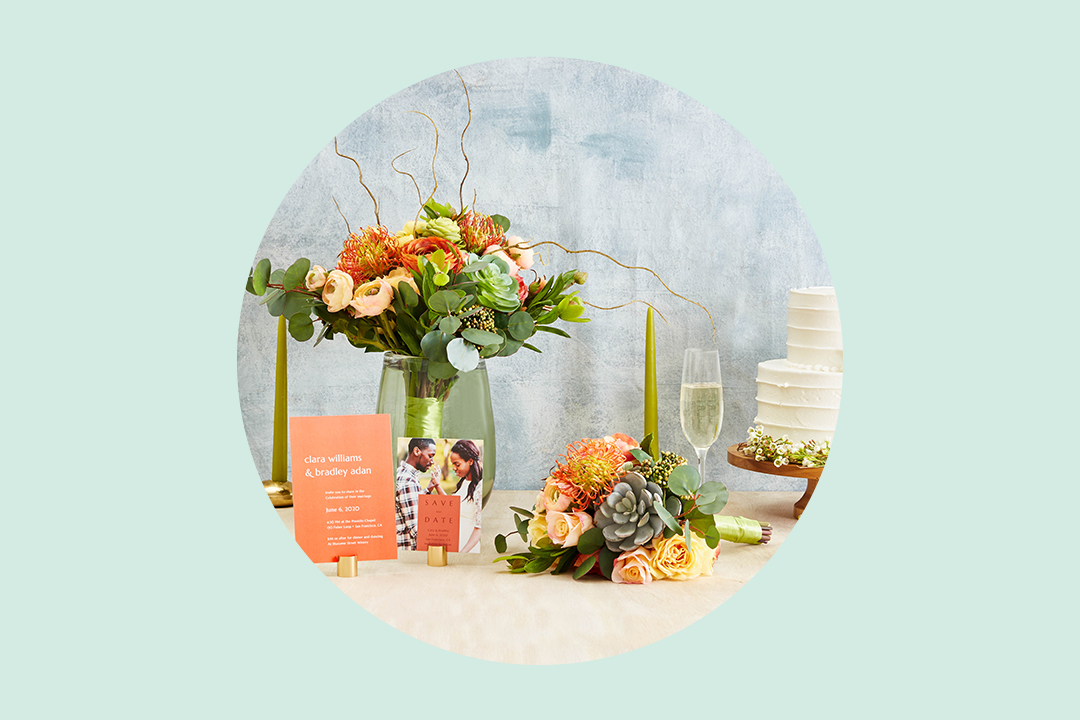
The First Look ✨
- Artificial flowers are stems designed to replicate real flowers, while non-floral bouquets are composed of different elements like seashells, feathers, or tropical leaves.
- Artificial flower alternatives can be more affordable, longer lasting, and offer more flexibility as they come in a variety of forms like silk, foam, paper, and more.
- For bouquets, corsages, centerpieces, or garlands, artificial wedding flowers can cost anything from $20-$300 each depending on the size, number, and type of flowers.
Before we start talking polymers and foams, let’s make the distinction between artificial flowers—individual stems designed to replicate real flowers—and non-floral wedding bouquets.
Artificial Vs. Non-Floral Wedding Flowers
Artificial flower arrangements, including options from artificial flower retailer Afloral, are just what they sound like—arrangements that look like fresh flowers, made from fake flowers. Non-floral bouquets are composed of different, unusual elements that aren’t supposed to look like flowers. Here are some examples of non-floral wedding bouquets:
- Rhinestone “brooch” bouquets
- Seashell bouquets
- “Bauble” bouquets made from holiday ornaments
- All-greenery bouquets, including tropical leaves, ferns, grasses, or herbs
- Fruit or vegetable bouquets
- Succulent or air plant bouquets
- Feather bouquets
- Cotton bouquets
- Paper flower bouquets (see more below)
- Fabric bouquets (see more below)
If you’re going for an alternative approach to your wedding florals, a non-floral bouquet is a great way to add some personalization and creativity to your overall wedding style. Not to mention many non-floral bouquets are more practical than fresh flowers for a lot of the same reasons that artificial flowers are: they can be more economical, can be prepared earlier, will last longer, won’t wilt or die in extreme temperatures, and are available regardless of blooming season.

Pros and Cons of Artificial Wedding Flowers
- Can be more affordable
- All flower varieties are available in all seasons
- Last forever
- Greater control over flower types and colors
- Can order and prepare them in advance
- Won’t wilt or attract bugs during outdoor summer weddings
- Good for those with allergies
- Don’t require water; easy to transport and keep looking good
- Easy to practice (and re-do) DIY flower arrangements
Cons
- Can look tacky or cheap
- The best-looking varieties cost as much as (or more than) real flowers
- Lack the same feel as real flowers
- Lack the smell of fresh flowers
Types of Artificial Wedding Flowers
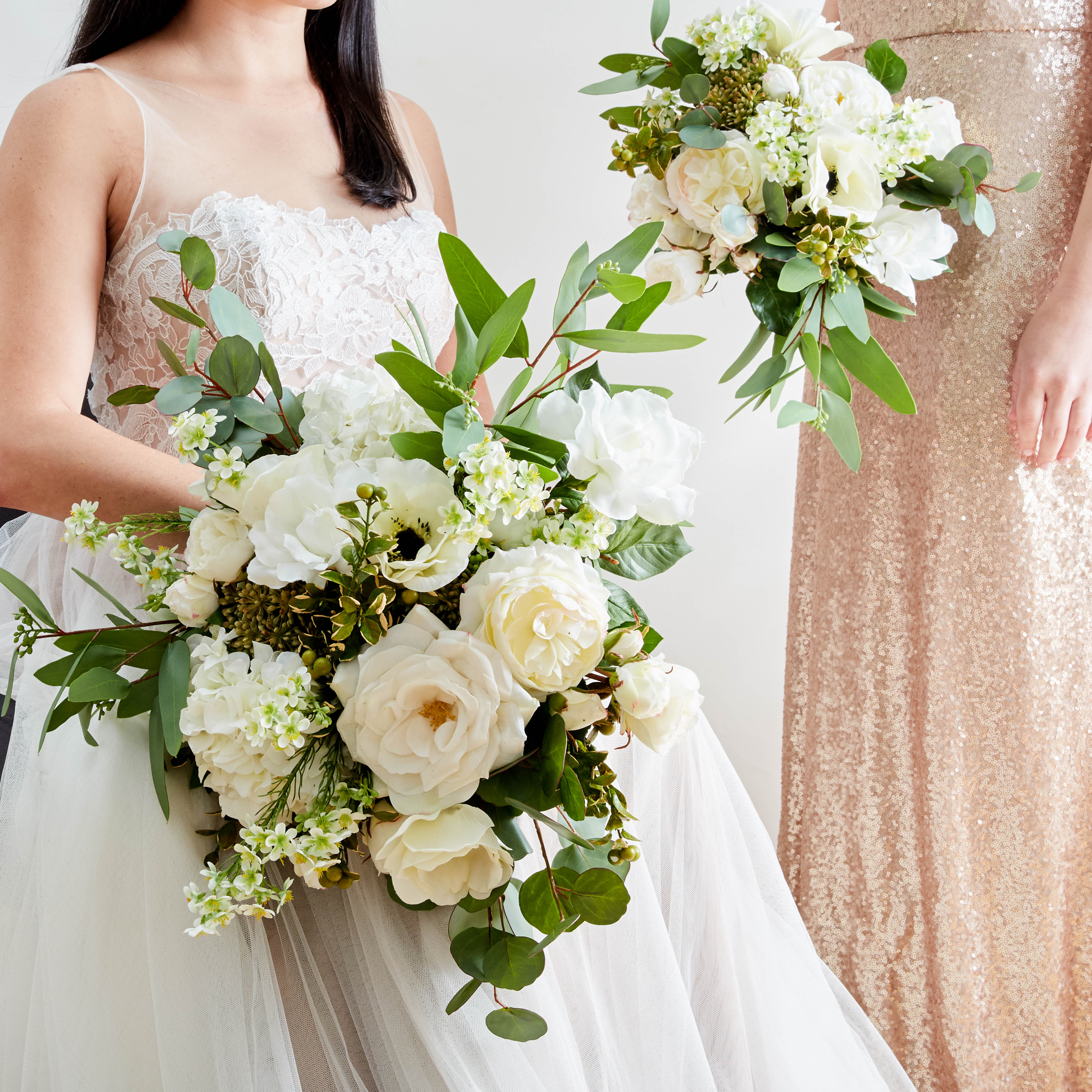
1. “Silk” or Fabric Wedding Flowers
The most familiar type of artificial flowers, these faux blooms are known as silk flowers. Though these days, silk wedding flowers are no longer made from silk, but most often a variety of polyester or nylon.
Pros:
- Huge variety of shapes, sizes, colors, and styles
- Widely available
- Easy to mix and match with real blooms
- Slight variations from flower to flower make silk flower arrangements look more realistic when nestled together
Cons:
- Edges can fray easily
- Feel very unrealistic to the touch
- Quality varies quite a bit from seller to seller
- Flower stems are usually thick, steel wires wrapped in plastic, creating a very heavy bundle to hold
2. Foam Wedding Flowers
These faux blooms are composed of very thin foam petals that are dyed with a specific hue and glued around a styrofoam center. Foam flowers are most often seen as roses, and useful to fill in the center of bouquets and arrangements.
Pros:
- The cheapest artificial flower
- Very lightweight, malleable, and easy to work with
- Look realistic when used to fill in the center of arrangements
Cons:
- Messy and not attractive when seen from the side or underneath
- Sold in packs, rather than individually
- Every flower looks identical, allowing for less realism when placed side-by-side
3. Wax-Coated Wedding Flowers
Wax-coated artificial flowers are high-quality silk flowers that have been coated with a special wax to make them feel (and look) like real flowers. The level of detail on the petals, such as veining or slight impressions, combined with the real-touch feel make these some of the most expensive artificial flowers available.
Pros:
- Very lifelike and high-quality
Cons:
- Expensive (up to 3 times more than their silk counterparts)
- Since they are still fabric flowers at heart, edges can still fray
4. Latex Wedding Flowers
Similar to wax-coated flowers, latex artificial flowers are coated in a thin wax and have very lifelike details, making them both look and feel pretty close to the real deal. Latex flower petals are actually made from latex, rather than polyester fabric, so they don’t run the risk of fraying at the edges.
Pros:
- No frayed edges
- Very realistic appearance and feel
- Can be made to mimic thick or thin petals
Cons:
- Lack of variety in flower types
- Hard to find
- Pricey
5. Fresh Touch (Polymer) Wedding Flowers
The most expensive type of artificial flowers, fresh touch or real touch flowers are designed to look, and feel, as close to the real thing as you can get. They’re made from a blend of foam and latex.
Pros:
- Look and feel most like real flowers
- Each flower has slight variations for greater realism when arranged together
Cons:
- Most expensive
- Less readily available (must go through a pro florist)
- White or ivory shades can look aged over time
- Petals can be easily crushed when packed too tightly
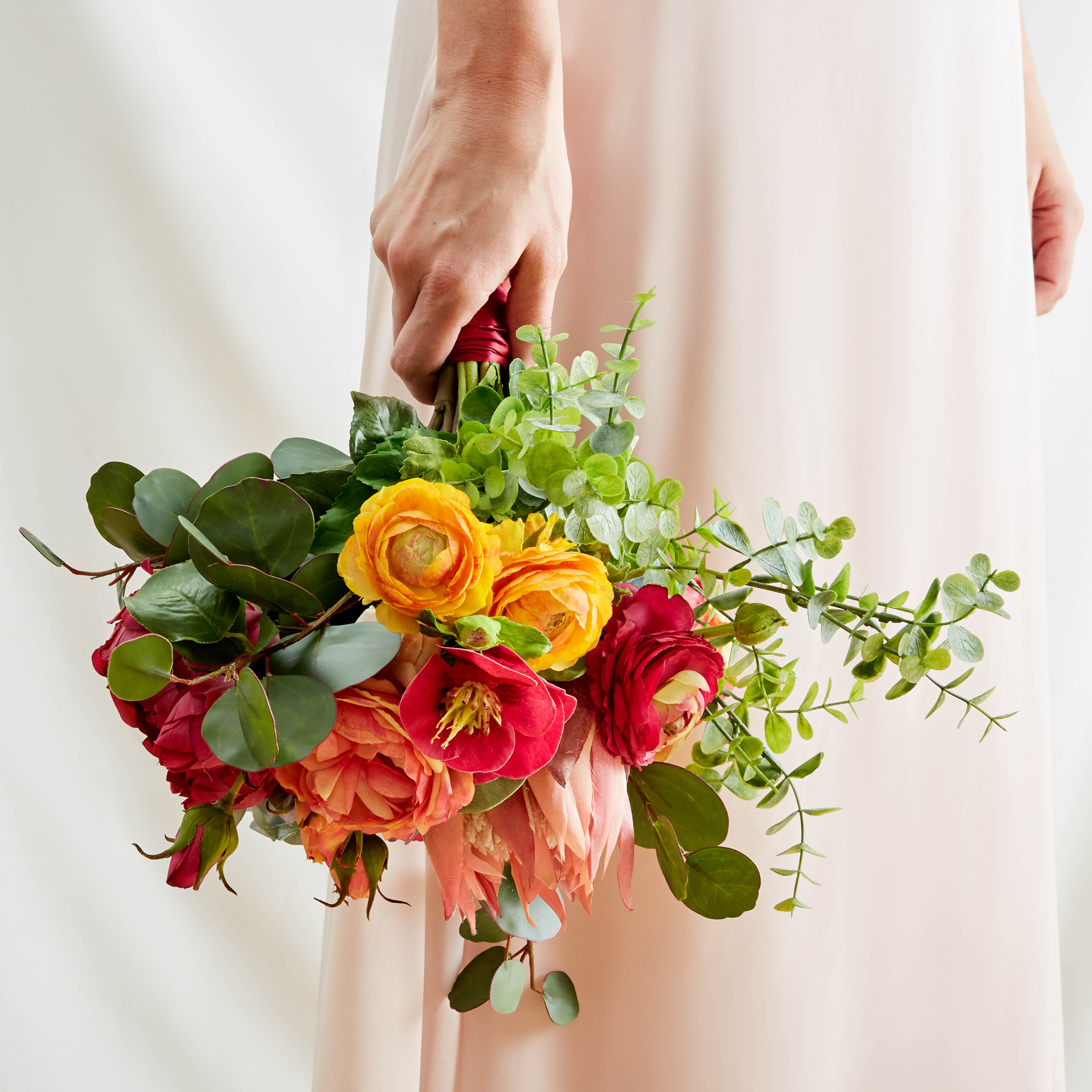
6. Paper Wedding Flowers
Paper wedding flowers are exactly what they sound like: flowers that are constructed out of paper. Paper flowers can be extremely delicate and lifelike, to the point where you have to get very close to the flowers to tell they aren’t real—these varieties are sourced from specialty shops or online vendors. On the flip side, paper flowers can also be dramatic and theatrical through the use of bright colors, patterns, or oversized shapes. These less-realistic versions can more easily be DIYed if you have an artistic hand.
DIY paper wedding flowers can be used for great impact as a decorative focal point, since they are generally inexpensive to create and their uses are limited only by your imagination. Here are some ideas for ways you can use paper flowers to replace (or augment) your wedding floral decor:
- Create a floral wall backdrop for your ceremony, sweetheart table, or photo booth.
- Create paper flower streamers or garlands to suspend from your ceremony or reception spaces.
- Create large-scale tropical leaves and palm fronds from paper to decorate a beachy, island-themed wedding.
- Cover your ceremony arch in a rainbow of brightly colored paper flowers.
- Craft boutonnieres or small bouquets from specialty paper to match your wedding theme, such as pages from a comic book or sheet music.
To check out real-life examples of these and other paper flower ideas, check out our blog post recounting 7 Times Paper Wedding Flowers Won Our Hearts.

7. Fabric Wedding Flowers
Similar to paper, fabric wedding flowers are on the DIY-approved list if you’re on the artistic side. Fabric flowers are harder to make, however (fabric is less forgiving than paper), and therefore it’s wiser to use fabric flowers in small doses, such as bouquets, boutonnieres, and hair accessories. You can also find fabric wedding bouquets on online craft sites. Satin roses are a common type of fabric wedding flower, as are flowers made from tulle, burlap, felt, cotton, and lace.
Artificial Wedding Flowers Costs
Costs for artificial flowers can vary based on a variety of factors, including location, quality, and vendor. But here are some average costs you can expect to pay for artificial wedding flowers:
Personal Flowers:
Bridal bouquet, inexpensive silk flowers: $20-$100, depending on size and number/type of flowers
- Bridal bouquet, expensive real-touch flowers: $300+
- Bridal bouquet, expensive paper: $288+
- Bridesmaid bouquet, silk: $10-50
- Bridesmaid bouquet, real-touch: $150+
- Boutonnieres, silk or real-touch: $3-$20
- Boutonnieres, expensive paper: $25+
- Corsages, silk or real-touch: $5-$30
- Corsages, expensive paper: $25+
- Flower girl pomander, silk or real-touch: $10-20
Wedding Centerpieces and Decor:
- Centerpieces, silk: $20-$100 each, depending on size and number/type of flowers
- Cake flowers, silk: $25-$200, depending on the number and type of flowers
- Garlands, silk: $20-$50
- Aisle arrangement, silk: $10-$20
Other Costs:
Don’t forget to factor in the cost of shipping if you order artificial flowers online, which can run up to $20 (or potentially more) per order.
How to Make a Wedding Bouquet With Artificial Flowers
Making a wedding bouquet with artificial flowers is pretty similar to making a bouquet with real flowers. Here are the main differences between making a real vs faux bouquet:
-
There’s no prep work involved for artificial flowers, such as trimming the ends and thorns or stripping leaves and guard petals.
-
Similarly, you don’t have to worry about storing your artificial flowers in a cool location or in water (or changing out the water to keep the blooms fresh).
-
Artificial flowers have much thicker and less pliable stems, so they require more muscle to shape and will result in a thicker, heavier bundle to hold.
-
You’ll need to cut the stems of artificial flowers with a wire cutter, rather than floral scissors—again, more muscle.
-
Because of these wires, however, you can manipulate artificial flowers over (and over) again to get them into the perfect position, unlike with real flowers.
-
Bouquets made with artificial flowers can be made way in advance. Real flower bouquets should be made very close to the wedding day and stored in water.
For tips on how to arrange a bouquet yourself, read our Step-by-Step Guide To Creating A Wedding Bouquet.
Tips for Using Artificial Wedding Flowers
Sure, using artificial flowers might save you money, be better for the planet, and allow you to hold on to some of your wedding flowers for days (or years) beyond the day itself. But there are some things you should consider before making the leap to the artificial flower camp.
- Don’t use them in high-priority places that will get photographed a lot or seen up close (bouquets, boutonnieres, centerpieces, cake flowers, etc.), if you can help it.
- Mix them in with real blooms in large arrangements that require filler.
- Use them in distant applications that won’t be scrutinized up close or seen at eye level, such as at the ceremony altar, in decorative draping, hanging from the ceiling, or scattered down the aisle.
- Use them boldly in one or two full-scale decorative elements, and fully embrace their fauxness. For example, use artificial or paper flowers to create a wildly textural floral wall to use as a backdrop for your photobooth or ceremony—a focal point that would bust most people’s budgets to pull off with real flowers.
- Consider non-floral options mentioned above like oversized leaves and grasses, herbs, feathers, air plants, or even elegantly oversized balloons. There’s no rule that says wedding decor has to include flowers, or that it can’t include man-made objects of whimsy and beauty.
- If you can’t afford high-quality artificial flowers, commit to the cheerful, campy, almost humorous style that obviously faux flowers can lend. Create a fake flower “garden” (complete with AstroTurf and miniature garden gnomes) and nestle your escort cards in rows among the faux flowers, or create one massive, crêpe-paper flower to decorate an otherwise simple wedding cake.
- Browse the portfolios of florists who use artificial flowers to see how their bouquets and arrangements photograph. Some artificial flowers look practically undecipherable from their real counterparts on film, while some look glaringly unrealistic when documented in good light and sharp focus.
- In general, arrangements that are more tightly shaped and compact (such as round bouquets) work better with artificial flowers; bouquets and centerpieces that are more wild, unstructured, and require a lot of movement (such as cascading bouquets) are harder to replicate with faux blooms.
Pro Tip: To get the best of both worlds, especially if you really crave a cascading bouquet, mix faux blossoms with real greenery. It will give you the look you want at a lower price point than you’d spend on real flowers.
10 Best Fake Wedding Flowers and Greenery
When you're considering the types of fake flowers to use in your wedding floral arrangements, some varieties tend to look more realistic than others. Discover the best artificial flowers in 11 different varieties.
1. Peonies
Peonies are a popular pick for wedding bouquets, centerpieces, and more—and they're not cheap. These typically fluffy, layered flowers make for a great faux option, and come in tons of colors.
4" Foam Blooming Peony With Stem, $19.99, Ling's Moments
2. Hydrangeas
Hydrangeas are a classic, timeless pick for floral arrangements, and the artificial blooms look extremely realistic. And since they're typically so large, you won't need many stems to get a full, lush look—which is great for your budget.
Preserved Hydrangea Bunch, $50, Terrain
3. Orchids
Real orchids are definitely a splurge—but artificial ones will add that same romantic feel to any wedding bouquet or floral centerpiece.
Artificial Phalaenopsis Orchid Flower (Set of 6), $70.99, Nearly Natural
4. Calla Lilies
Calla lilies are a popular pick for elevated wedding centerpieces, and they also make a striking addition to bridal and bridesmaid bouquets—and you can capture a similar look to fresh calla lilies with a high-quality artificial option.
Calla Lily Artificial Flower (Set of 12), $70.99, Nearly Natural
5. Cherry Blossoms
If you're getting married during cherry blossom season (or even if you're not!), incorporate some faux blooming branches into your wedding florals.
Artificial Baby Cherry Blossom Branch, $7.95, Afloral
6. Tulips
Tulips are a great pick for artificial wedding florals because they come in so many colors—which means you're sure to find a few faux options that pair perfectly with your color scheme.
Dutch Tulip Artificial Flower (Set of 12), $97.99, Nearly Natural
7. Eucalyptus
Greenery is one of our favorite ways to fill out any floral arrangement without breaking the bank—and when you choose a faux or preserved option, like eucalyptus, you can stretch your budget even further.
Preserved Populus Eucalyptus Bunch, $38, Terrain
8. Pampas Grass
Faux pampas grass is another budget-friendly option for filling out your centerpieces, aisle arrangements, and even your arbor or arch.
Faux Pampas Grass Bunch, $19.95, Crate+Barrel
9. Roses
Like tulips, roses are a great wedding flower because they come in so many colors and varieties—and, like the other flowers on this list, there are a ton of artificial options on the market that will help you capture the look and romantic feel of fresh roses without the high price tag.
Peach Artificial English Cabbage Rose, $9.95, Afloral
10. Anemones
Anemones are stunning, but super delicate. Choosing a faux option will let you carry (and toss!) your bouquet without any worries.
Real Touch White Anemone Flower, $5.95, Afloral
Artificial Wedding Flowers Costs
As you may have already figured out, having artificial flowers at your wedding doesn’t necessarily equate to major savings. A lot of factors will determine your final floral costs, whether you opt for all real flowers, all artificial, or some combination. Make sure you sit down with your partner (and wedding planner, if you’ve hired one) to set your floral budget before heading too far down the path of deciding on flower types.
While it’s difficult to offer specific price points for artificial wedding flowers considering there are so many different types that fluctuate dramatically in cost, here are some general price estimates that should help you determine if artificial flowers are right for you:
Personal Flowers:
- Bridal bouquet, inexpensive silk flowers: $20-$100, depending on size and number/type of flowers
- Bridal bouquet, expensive real-touch flowers: $300+
- Bridal bouquet, expensive paper: $288+
- Bridesmaid bouquet, silk: $10-50
- Bridesmaid bouquet, real-touch: $150+
- Boutonnieres, silk or real-touch: $3-$20
- Boutonnieres, expensive paper: $25+
- Corsages, silk or real-touch: $5-$30
- Corsages, expensive paper: $25+
- Flower girl pomander, silk or real-touch: $10-20
Centerpieces and Decor:
- Centerpieces, silk: $20-$100 each, depending on size and number/type of flowers
- Cake flowers, silk: $25-$200, depending on the number and type of flowers
- Garlands, silk: $20-$50
- Aisle arrangement, silk: $10-$20
Other Costs:
- Don’t forget to factor in the cost of shipping if you order artificial flowers online, which can run up to $20 per order.
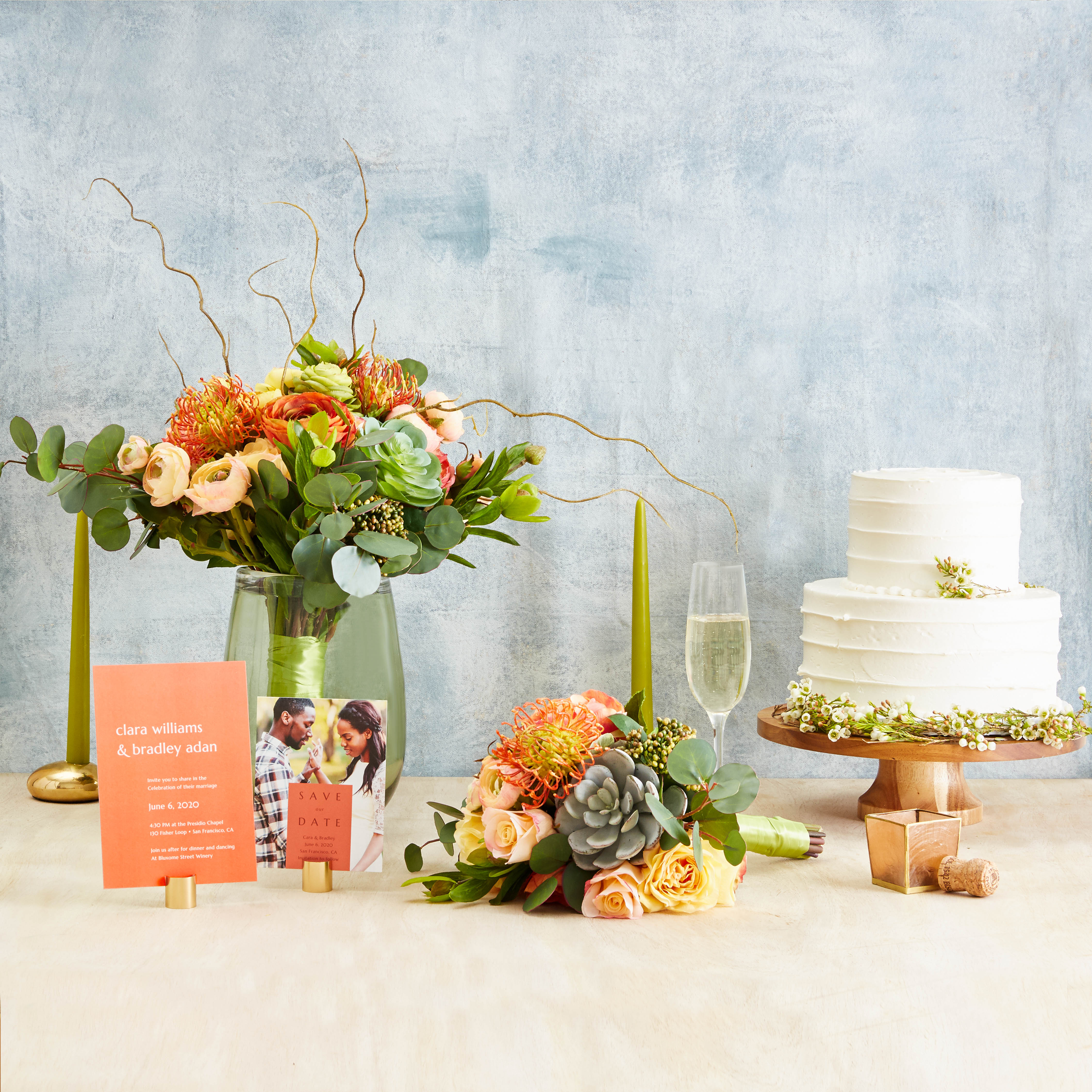
How to Make a Wedding Bouquet With Artificial Flowers
Making a wedding bouquet with artificial flowers is pretty similar to making a bouquet with real flowers. Here are the main differences between making a real vs faux bouquet:
- There’s no prep work involved for artificial flowers, such as trimming the ends and thorns or stripping leaves and guard petals.
- Similarly, you don’t have to worry about storing your artificial flowers in a cool location or in water (or changing out the water to keep the blooms fresh).
- Artificial flowers have much thicker and less pliable stems, so they require more muscle to shape and will result in a thicker, heavier bundle to hold.
- You’ll need to cut the stems of artificial flowers with a wire cutter, rather than floral scissors—again, more muscle.
- Because of these wires, however, you can manipulate artificial flowers over (and over) again to get them into the perfect position, unlike with real flowers.
- Bouquets made with artificial flowers can be made way in advance. Real flower bouquets should be made very close to the wedding day and stored in water.
For tips on how to arrange a bouquet yourself, read our Step-by-Step Guide To Creating A Wedding Bouquet.
Tips for Using Artificial Wedding Flowers
Sure, using artificial flowers might save you money, be better for the planet, and allow you to hold on to some of your wedding flowers for days (or years) beyond the day itself. But there are somethings you should consider before making the leap to the artificial flower camp.
- Don’t use them in high-priority places that will get photographed a lot or seen up close (bouquets, boutonnieres, centerpieces, cake flowers, etc.), if you can help it.
- Mix them in with real blooms in large arrangements that require filler.
- Use them in distant applications that won’t be scrutinized up close or seen at eye level, such as at the ceremony altar, in decorative draping, hanging from the ceiling, or scattered down the aisle.
- Use them boldly in one or two full-scale decorative elements, and fully embrace their fauxness. For example, use artificial or paper flowers to create a wildly textural floral wall to use as a backdrop for your photobooth or ceremony—a focal point that would bust most people’s budgets to pull off with real flowers.
- Consider non-floral options mentioned above like oversized leaves and grasses, herbs, feathers, air plants, or even elegantly oversized balloons. There’s no rule that says wedding decor has to include flowers, or that it can’t include man-made objects of whimsy and beauty.
- If you can’t afford high-quality artificial flowers, commit to the cheerful, campy, almost humorous style that obviously faux flowers can lend. Create a fake flower “garden” (complete with AstroTurf and miniature garden gnomes) and nestle your escort cards in rows among the faux flowers, or create one massive, crêpe-paper flower to decorate an otherwise simple wedding cake.
- Browse the portfolios of florists who use artificial flowers to see how their bouquets and arrangements photograph. Some artificial flowers look practically undecipherable from their real counterparts on film, while some look glaringly unrealistic when documented in good light and sharp focus.
- In general, arrangements that are more tightly shaped and compact (such as round bouquets) work better with artificial flowers; bouquets and centerpieces that are more wild, unstructured, and require a lot of movement (such as cascading bouquets) are harder to replicate with faux blooms.
Pro Tip: To get the best of both worlds, especially if you really crave a cascading bouquet, mix faux blossoms with real greenery. It will give you the look you want at a lower price point than you’d spend on real flowers.
Up next for you
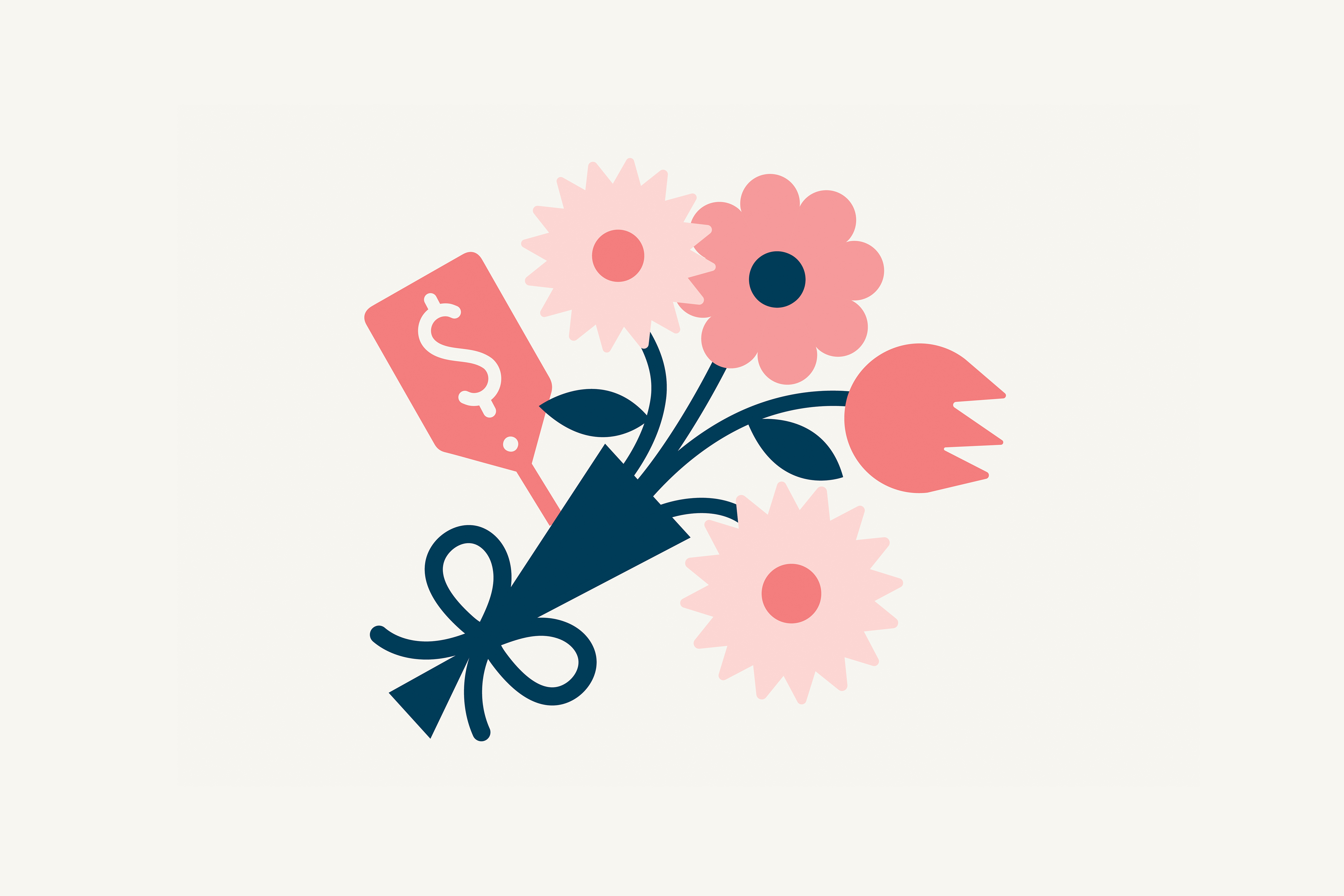
Average Cost of Wedding Flowers
How-To
What is the average cost of wedding flowers? We help you determine how much wedding flowers will cost so you can budget correctly for your wedding.
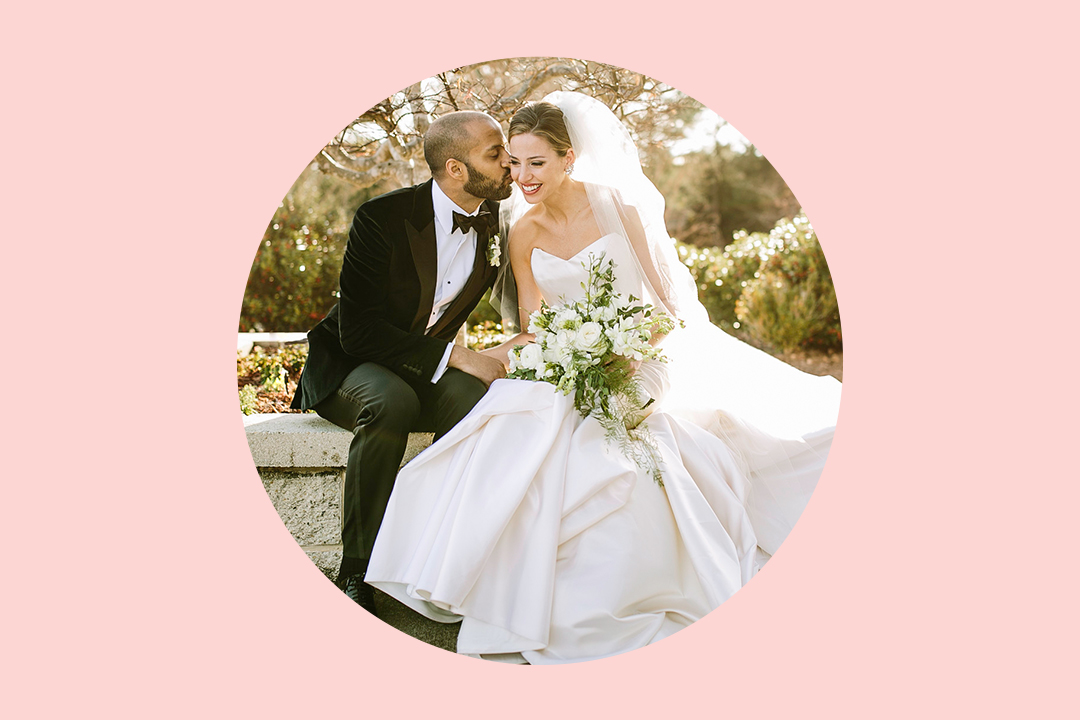
What's Your Wedding Style? + 130 Decor Ideas
Inspiration
In this wedding style guide, find out why thinking about your wedding style early on will help you in your planning, and how to use Zola Inspiration to discover your own personal wedding vision.
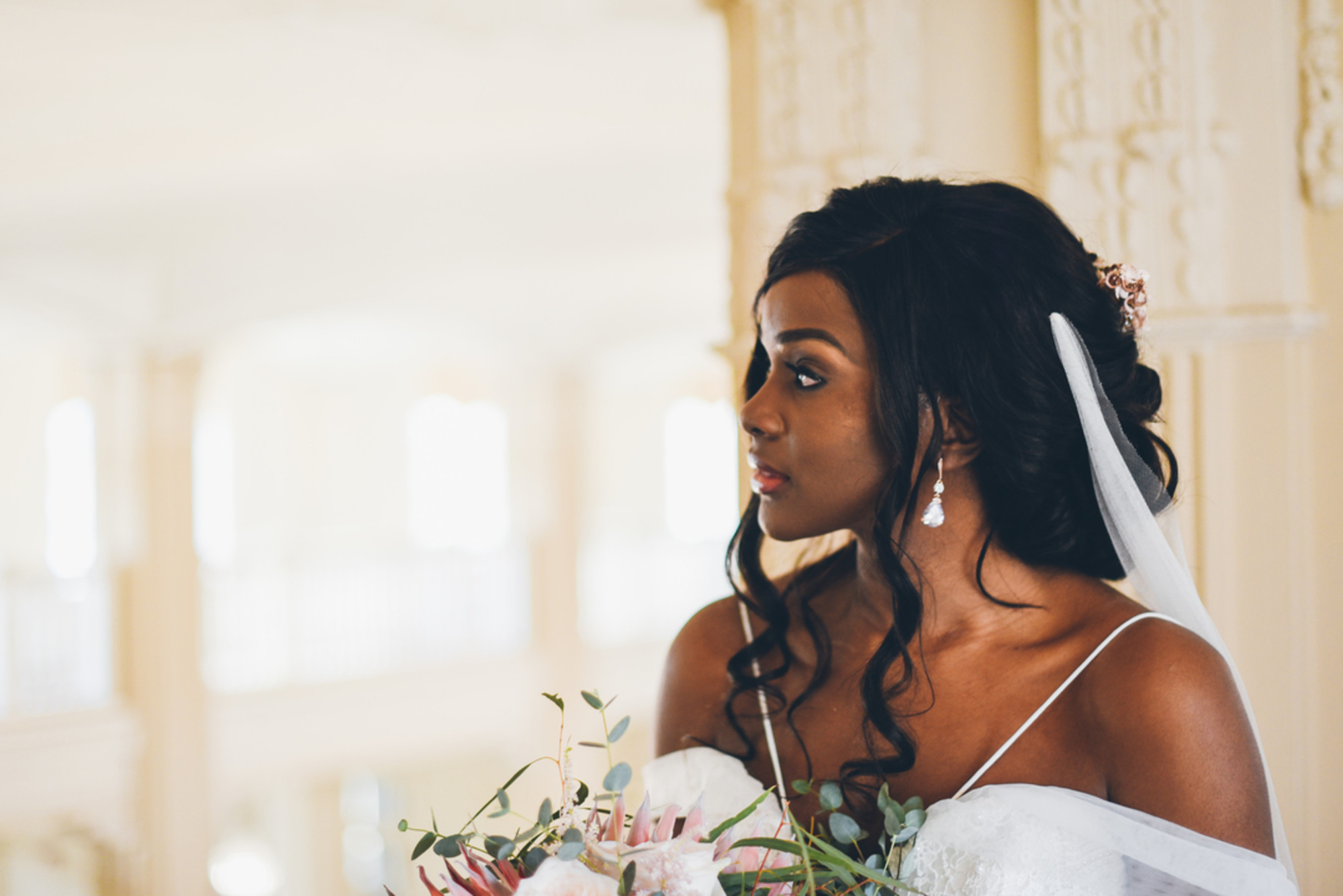
DIY Wedding Hair Tips
Wedding Hairstyles
Perhaps you’ve decided to style your own hair for your wedding to save time and money, but suddenly realize you have no idea how to do wedding hair. Don’t worry, we’re here to help. Opting for a DIY wedding hairstyle can be intimidating, but all it takes is a little preparation to pull it off flawlessly. Luckily there are some tried and true DIY wedding hair tricks that you can use to make sure you look amazing when you walk down the aisle. Here are our DIY wedding hair tips to follow for gorgeous wedding hairstyles you can pull off yourself.

A Step-By-Step Guide to DIY Wedding Makeup + 10 Tips
Wedding Makeup
To make sure that your wedding makeup is flawless and you’re looking your best on the big day, check out our tips for DIY wedding makeup below.
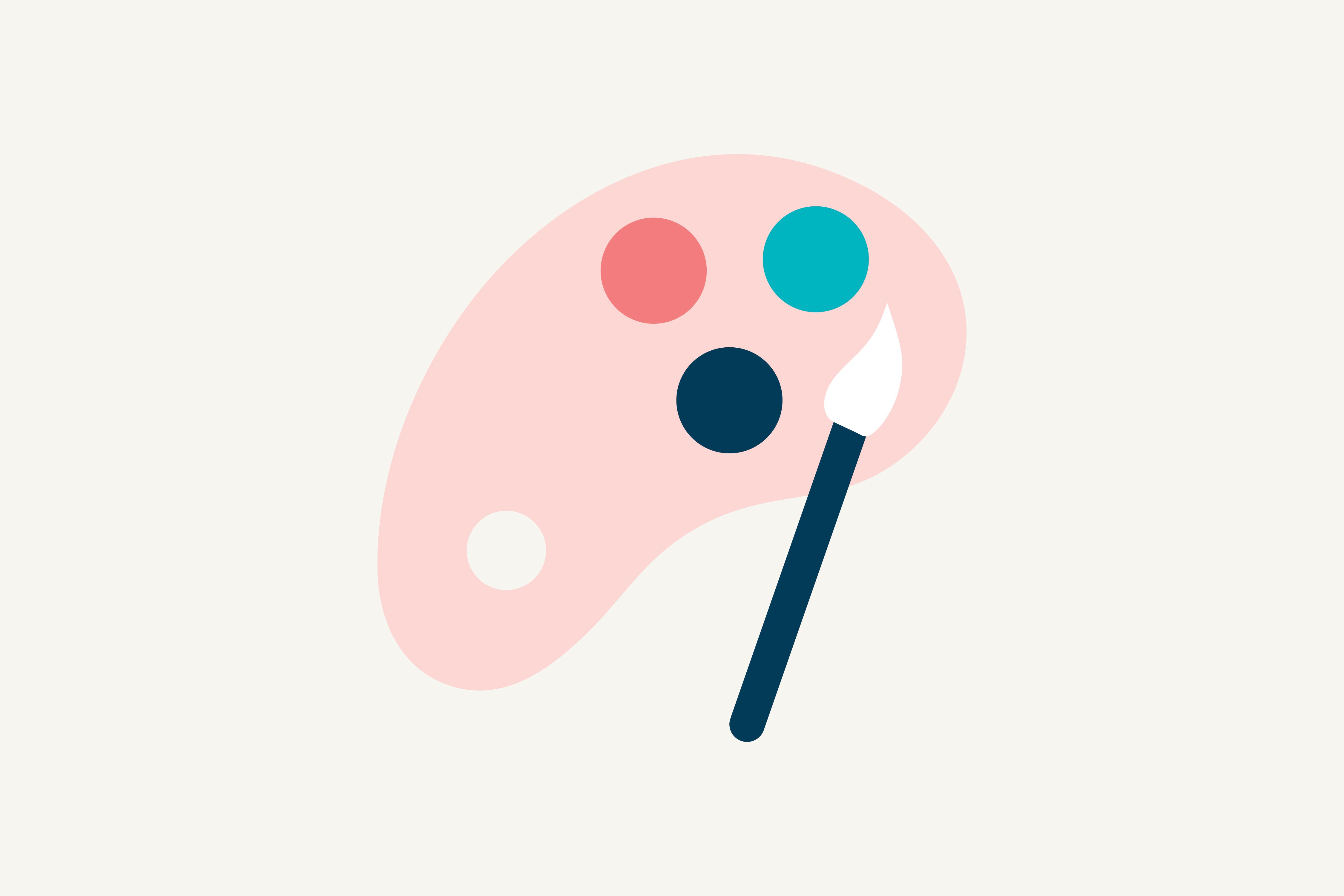
How to Choose Your Wedding Colors (+ Color Palette Ideas)
How-To
Nervous about choosing your wedding colors? Don’t be: we’ve outlined some basic steps you can take to choose a wedding color palette that matches your vision and expresses your personality as a couple.
Featured
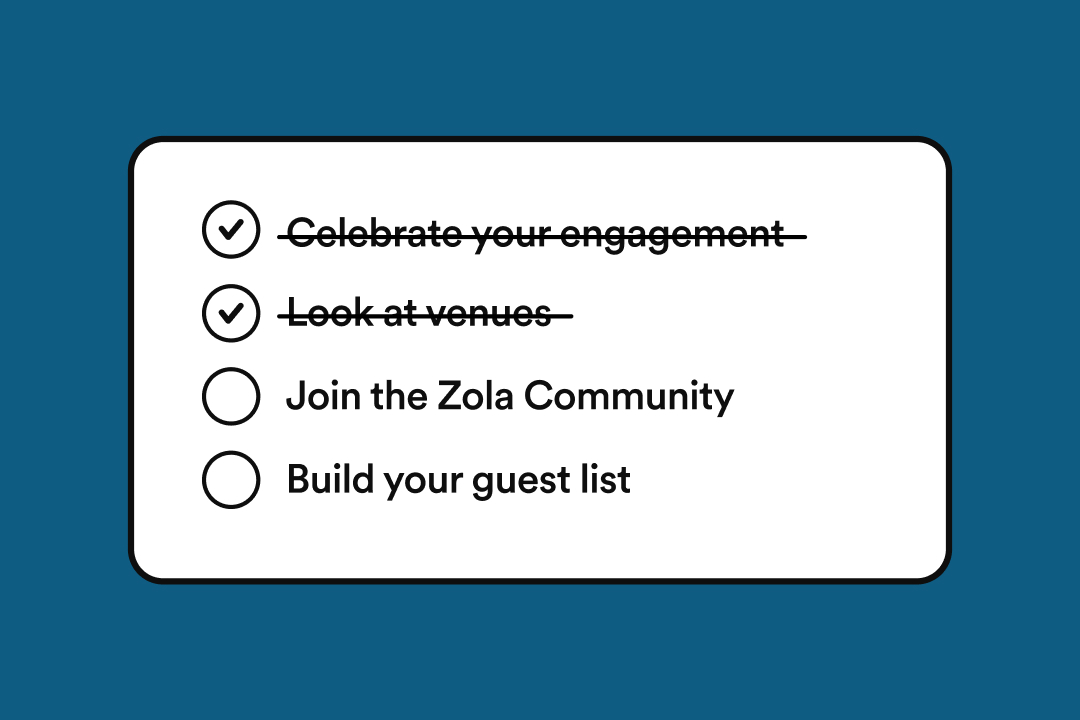
2024/25 Printable Wedding Planning Checklist & Timeline - Zola
Don’t miss a wedding planning detail with our complete, expert-crafted wedding checklist and timeline. Free, printable version inside!

What Is a Registry (And Why Do You Need One)?
Inspiration
A wedding registry is a personalized collection of gifts that an engaged couple has specifically chosen for their guests to shop from in order to make the wedding gifting experience simpler, easier, and more satisfying for everyone.
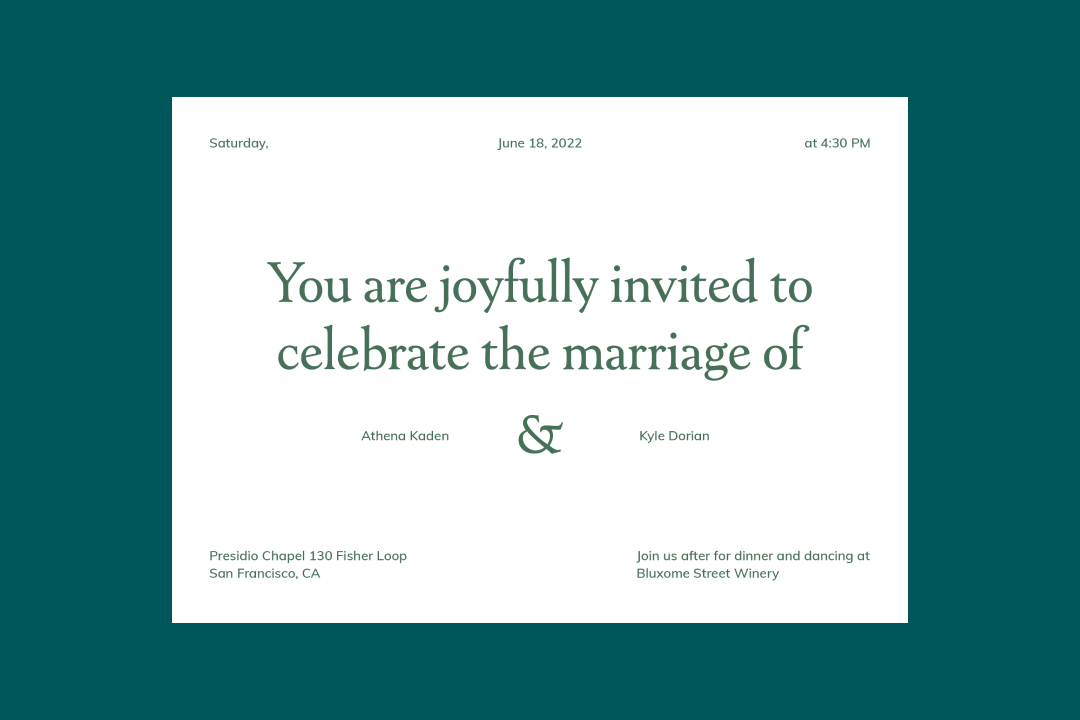
Wedding Invitation Wording: A Complete How-To Guide
How-To
Learn the how-to's of wedding invitation wording, plus formal and casual wedding invitation examples from the experts.
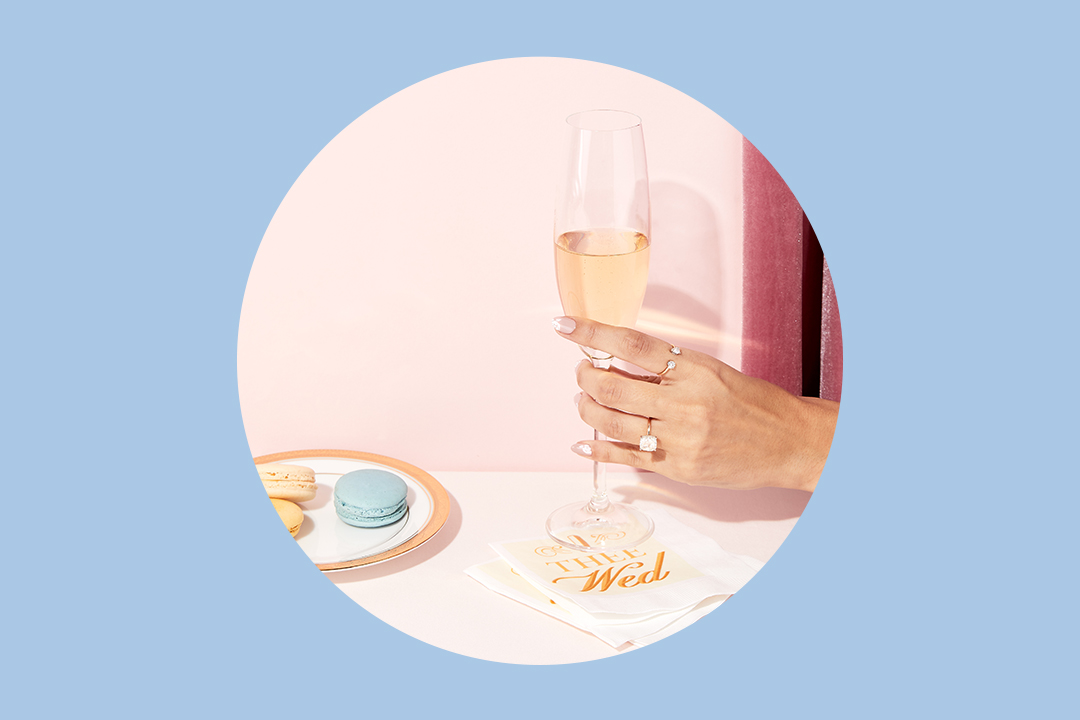
A Guide to Bridal Showers
Inspiration
This bridal shower guide will introduce you to the basics of bridal showers: traditional bridal shower etiquette (and which of those “rules” you can break), whom to invite, what to do, and who pays for it all.

How Much Does the Average Wedding Cake Cost in 2025?
Inspiration
The cost of a wedding cake will depend on factors like size, shape, & decor. Read our guide to gain insights on the average cost of a wedding cake this year.

Wedding Guest Attire: A Guide to Every Dress Code
How-To
Dress to impress! Your go-to guide for wedding guest attire, from formal to casual. Find the perfect look for every dress code and celebration.
- Expert advice/
- Venues & vendors/
- Florists & flowers/
- Best Artificial Flowers for Wedding: The Complete Guide
Find even more wedding ideas, inspo, tips, and tricks
We’ve got wedding planning advice on everything from save the dates to wedding cakes.
